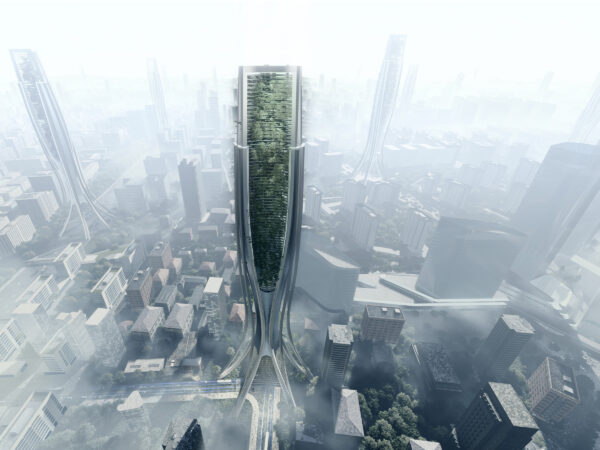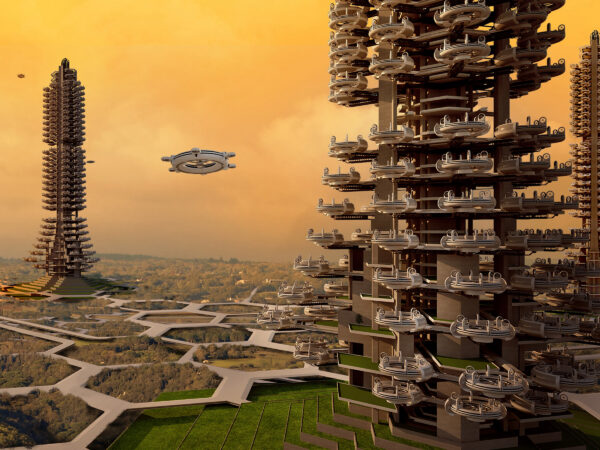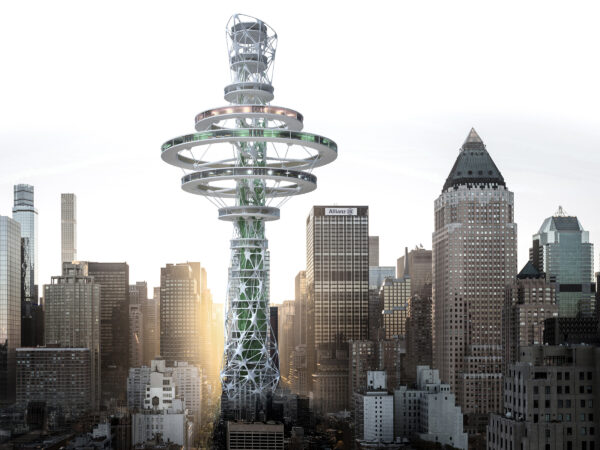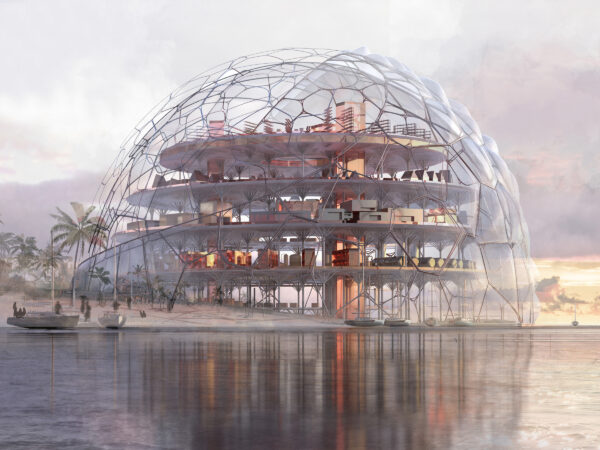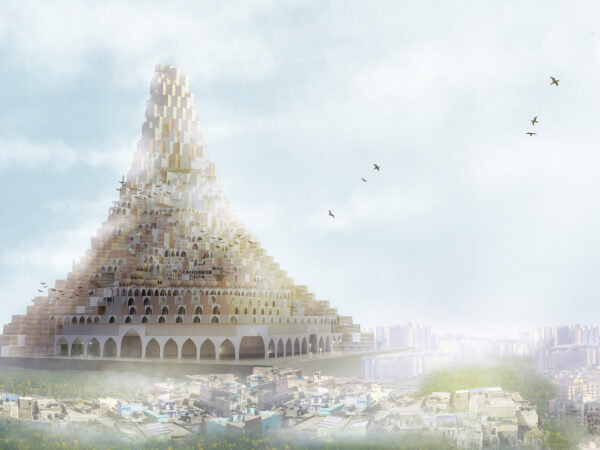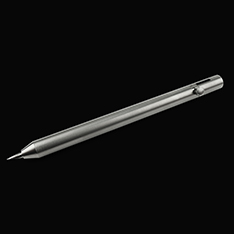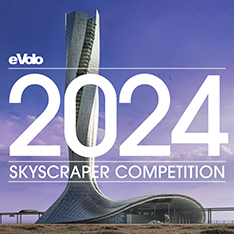Honorable Mention
2022 Skyscraper Competition
Zelun Wang, Shengwu Fan, Manqian Lin
China
The Problem
Nine out of 10 people around the world breathe polluted air, according to a report released this year by the World Health Organization. Indoor and outdoor air pollution causes 7 million deaths worldwide each year and is responsible for 24 percent of stroke deaths, 29 percent of lung cancer deaths, 25 percent of heart disease, and 43 percent of other lung diseases. Air pollution has become a major killer of human society.
Site Selection
More than half of the world’s most polluted cities are in India, with New Delhi firmly in the top spot. Pollution kills countless people in New Delhi every year. Especially in winter every year, PM2.5 index reaches 20 times the safe limit.
The Solution
We believe that the ban and school closures issued by the Indian government cannot fundamentally solve the problem. Cities still need to develop and operate, and the generation of PM2.5 should be stopped at the source. We blame, therefore, the most serious pollution source——traffic pollution, traffic intersection are set on the city air purifier skyscrapers, the generation of PM2.5 four kinds of reaction gas absorption and filtration, prevent reaction PM2.5, at the same time can also be useful, useless to the construction of power supply, to fertilize the vertical greening, The whole building forms a closed system to purify and regenerate polluted air. Read the rest of this entry »

